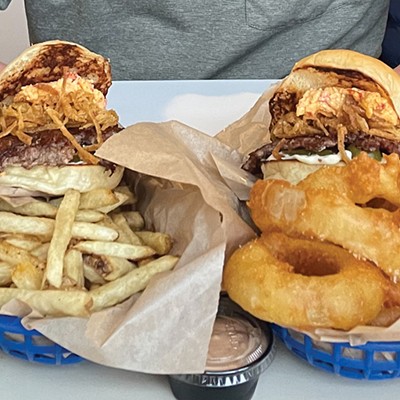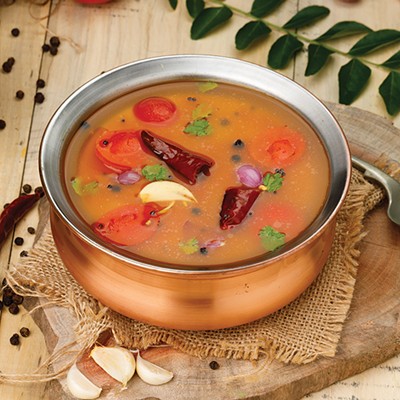Every spring, right around daylight savings, my anxiety over cooking winter's hearty greens reaches its apex. I'm eager for asparagus, morels, English peas, tomatoes and corn. Roughly 25 dinners separate winter and springtime in my kitchen. Stores have artichokes from far-flung locales tempting me with spring flavors at designer prices. But if I can make the most of winter's bounty, you can too.
Push through those last winter dinners because cruciferous vegetables - kale, spinach, mustard greens, collard greens, cabbage, arugula and rapini - are what the body needs to fend off illness now and throughout our lives. Bold, leafy greens are rich in beta-carotene, vitamin K, vitamin C, lutein, zeaxanthin and reasonably rich in calcium. Among other things, eating leafy greens reduces the risk of macular degeneration. Greens contain antioxidant and cancer-fighting properties, improving blood clotting and strengthening bones. Doctors and grandparents have praised the brassica family for generations. You might be new to eating greens or tired of the same old dish. Adding them to one or two meals a week will improve your health in the long run and there are many possibilities. Chop greens into a scramble, add to a couscous/quinoa/bulgar wheat pilaf, sauté with pasta and sausage, add to the layers of lasagna, or my favorite, sauté with bacon, sea salt, fresh cracked pepper and a liberal shaving of Parmigiano Reggiano.
A few reminders. Picking greens is sort of like picking a partner, choose fresh, lively, healthy looking greens with few imperfections. Storing greens has nothing to do with partners, store greens, unwashed, in the coldest part of your fridge. Eat within a few days of purchase.
On Sunday, the first night of daylight savings, I tried out the following recipe. I omitted the mozzarella and in lieu of water used a half-cup of red wine. The onions were a light purple, adding more color, and a slightly bolder flavor to the sauce.
Gnocchi with Kale
and White beans
2 tbsp extra-virgin olive oil
1 16-oz package shelf-stable gnocchi
1 medium yellow onion or shallot, thinly sliced
4 cloves garlic, minced
1/2 cup water (or wine)
6 cups chopped lacinato kale leaves (roughly 1 bunch)
1 15-oz can diced tomatoes with Italian seasonings
1 15-oz can white beans, rinsed
1/2 cup shredded part-skim mozzarella cheese
1/4 cup finely shredded Parmesan cheese
Freshly ground pepper and salt to taste
Preparation
1. Heat 1 tablespoon of oil in a deep skillet over medium heat. Add gnocchi and cook, stirring often, until plumped and starting to brown, 5 to 7 minutes. Transfer to a bowl.
2. Add the remaining 1-teaspoon of oil and onion to the pan and cook, stirring, over medium heat, for 2 minutes. Stir in garlic and water. Cover and cook until the onion is soft, 4 to 6 minutes. Reduce the liquid to only a tablespoon or two. Add greens and cook, stirring, until starting to wilt, 1 to 2 minutes. Season with salt and pepper. Stir in tomatoes, beans and bring to a simmer. Stir in the gnocchi. Cover and heat gnocchi thoroughly. Serve. Garnish with cheese.






















